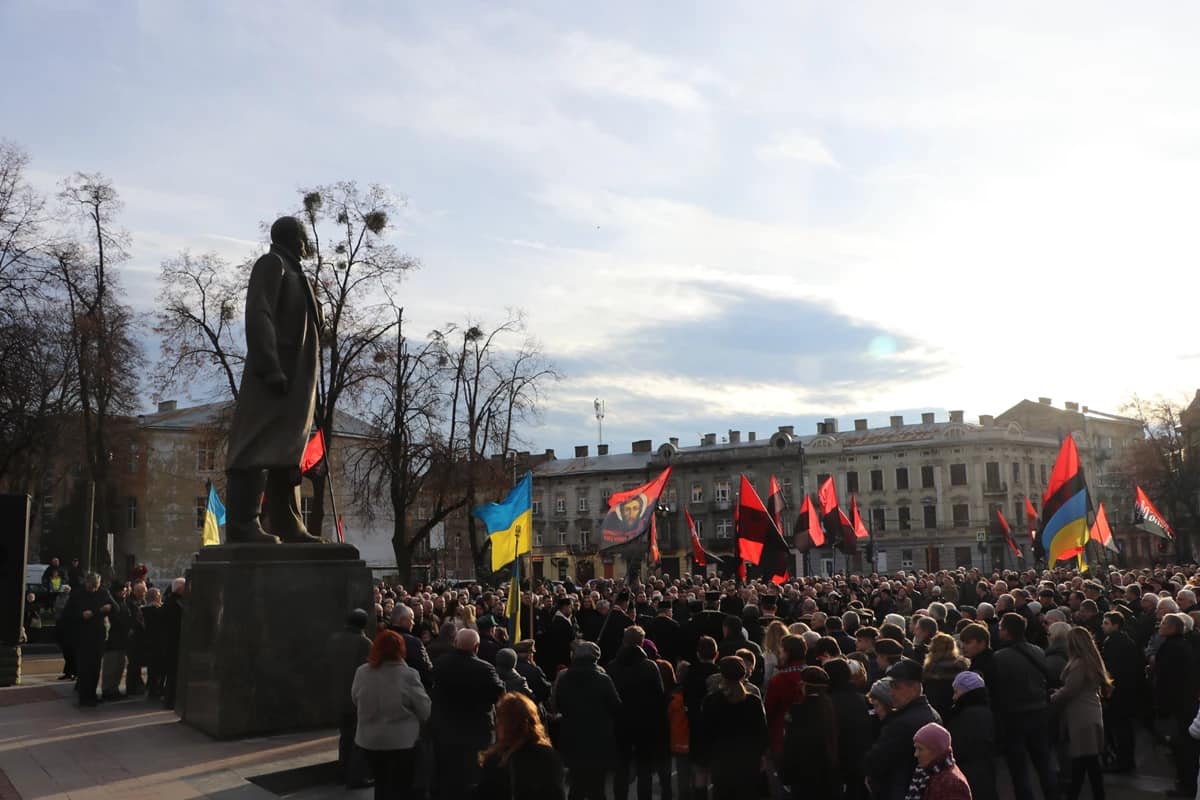"Tarcza East" is simply a National Fear and Defence Programme scheduled for the period 2024–2028. It was developed by the Ministry of Defence in consequence to Russian aggression against Ukraine. As we read on the MON website dedicated to him, the task is based on the experience of this war, but its character is only defensive and peaceful – the aim is to deter possible opponents, defend Polish borders and increase safety of soldiers and civilians.
The programme besides has a social dimension – it builds the state's resilience not only by investing in infrastructure, but besides by involving various institutions and citizens. MON emphasises that the Tarcza East is not an anti-migration project. It focuses on reducing the mobility of a possible aggressor and protecting the country from attack.
The implementation of the program is primarily the work of the Armed Forces of Poland, especially engineering troops. another ministries, voivodes, Government strategical Reserve Agency and another institutions are besides active in the project. Investments under the strategy will be carried out mainly in areas belonging to the State Treasury and local governments. Where possible, Polish companies will be performers. Part of the infrastructure, specified as roads and bridges, will besides service local communities.“Tarcza East” includes the construction of fortifications and field obstacles along the east and northern border of Poland – in the provinces of Pomerania, Warmian-Masurian, Podlaskie, Lublin and Podkarpackie. It is simply a key component of transformation and modernization of the Armed Forces of Poland.
So much for authoritative government and government information...
Safe boundaries, not concrete illusions. What will truly strengthen Poland's defence?
Faced with the increasing geopolitical tension and real threat from Russia, Poland is faced with the key question: how to effectively safe its borders? Should we invest in concrete fortifications now, or should we first build a real capacity for border control and protection? The vote in this case was taken by Lieutenant-Colonel of Reserve Tomasz Lisiecki, a military specialist who has no doubt: first a tight border, then engineering investments.
“The first task we must do is to defend our borders – air, sea and land. Only then can we think about expanding the fortifications,” Lisiecki says in a conversation with Onet. “To pour concrete in the swamp will do small if we do not have a strictly guarded border”
According to him, the current state does not let the building of an effective defensive layer, since the basic element, or physical border control, is inactive limping.
He calls for the establishment of the Border Protection Corps (KOP) – a permanent, professional formation supporting the Border Guard. It would number up to 30,000 soldiers, stationed permanently on the east border of the country.
“We don’t gotta have a soldier in front of a soldier, but there must be police stations. And this formation permanently, not ad hoc” “– notes.
Lisiecki does not completely reject the thought of building fortifications, but powerfully determines it.
“Building reinforcements in a situation where we have leaky boundaries doesn’t make sense”, he reposts, referring to the government’s “Tarcza East” project.
alternatively of concrete, it recommends investments in monitoring systems: aerobics, drone and satellite systems.
– This will give us eyes on the border – he explains.
It's not just about looking, it's about reacting. Without units capable of action, reflection alone is not enough.
Lisiecki agrees that fortifications can slow down the opponent – and that's all. past shows that no walls or defensive lines give guarantees.
– From Troy to Israel, there are no strongholds that cannot be breached," he recalls.
Instead of giant structures for years, it points to field solutions like those that the Russians built in Zaporozh in just a fewer months, effectively stopping the Ukrainian offensive.
Long-range firing systems – aviation, rocket artillery and overhead mincellation systems – will play a key function in deterring the enemy.
– If the enemy knows that already 300 km from our border we can make him a “boom”, he will not push himself – he says without a doubt.
It besides stresses the importance of appropriate logistical preparation – building warehouses, ammunition depots and equipment close to the border, but in a safe and thoughtful way.
A coherent strategy emerges from the expert's statement: first regaining full control of the border, strengthening the services and expanding the designation system. Only then – planned, sensible investments in reinforcements, which will be supported by a real deterrent force.
If we build concrete walls present without real supervision and operational capabilities, we hazard creating a costly safety illusion. And that, in the current situation, we cannot afford.


















